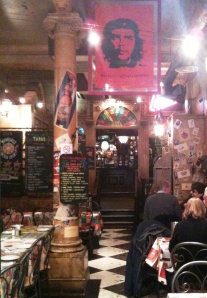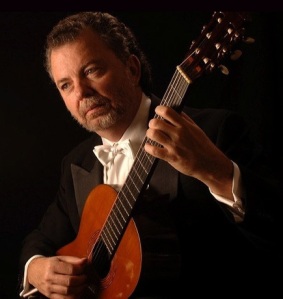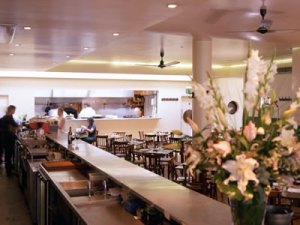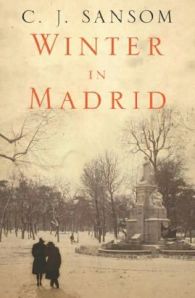 Next month London’s West End will learn how to dance ballet the Brazilian way as the hit show Balé de Rua comes to the Peacock Theatre. This dynamic dance show, best translated as ‘street ballet’, traces Brazil’s history all the way back to its African roots through a line-up of hip hop, African dance, samba and capoeira. Those who go expecting classical ballet beware; there’s not a tutu in sight. Instead you’ll see semi-naked painted bodies, dancers clad in sunflower-covered apparatus and a set that captures every colour of the rainbow. The show promises to be a high-energy, eccentric adventure, described by the Daily Express as ‘breathtaking’.
Next month London’s West End will learn how to dance ballet the Brazilian way as the hit show Balé de Rua comes to the Peacock Theatre. This dynamic dance show, best translated as ‘street ballet’, traces Brazil’s history all the way back to its African roots through a line-up of hip hop, African dance, samba and capoeira. Those who go expecting classical ballet beware; there’s not a tutu in sight. Instead you’ll see semi-naked painted bodies, dancers clad in sunflower-covered apparatus and a set that captures every colour of the rainbow. The show promises to be a high-energy, eccentric adventure, described by the Daily Express as ‘breathtaking’.
The cast is made up of 15 dancers, 14 of which are men (if the guys out there were hoping to see scantily-clad females) and two singers who present the dance as a celebration of life, love and all things Brazilian. This is their first performance since finishing a triumphant international tour that covered France, Switzerland, Germany, Bahrain and Canada, and ended with a two-week sell out stint at Sydney Opera House.
Suzanne Walker, Head of Programming at Sadler’s Wells and the Peacock Theatre, said: “We are very much looking forward to welcoming Balé de Rua to London’s West End. This is the biggest Brazilian show we have featured for years and promises to be a highly entertaining evening of dance and music that originated in the streets of Brazil. It’s a colourful winter treat and very timely considering the growing popularity of all things Brazilian in the recent past.” Continue reading





A nation of nappers?
26 OctIf the international perception of the Spanish wasn’t already connected with the lethargy and decadence of the siesta, then it certainly is now after the country’s first national siesta championship last week. In what other country would you find 360 people, some clad in pyjamas with eye masks and teddy bears in tow, fighting it out to see who could snooze most impressively in a public place?
It’s all light-hearted fun and in the eyes of the association this is a campaign to safeguard a national tradition, but the response of foreign observers may well be cynical. Oh those wacky Spaniards what are they up to now? Ever since Spain joined the EU in 1986 it has experienced pressure to ban the siesta as it hinders the EU goals of economic competition and international trade. Continue reading →
Tags: EU, National Association of Friends of the Siesta, Siesta, Spain, Unemployment